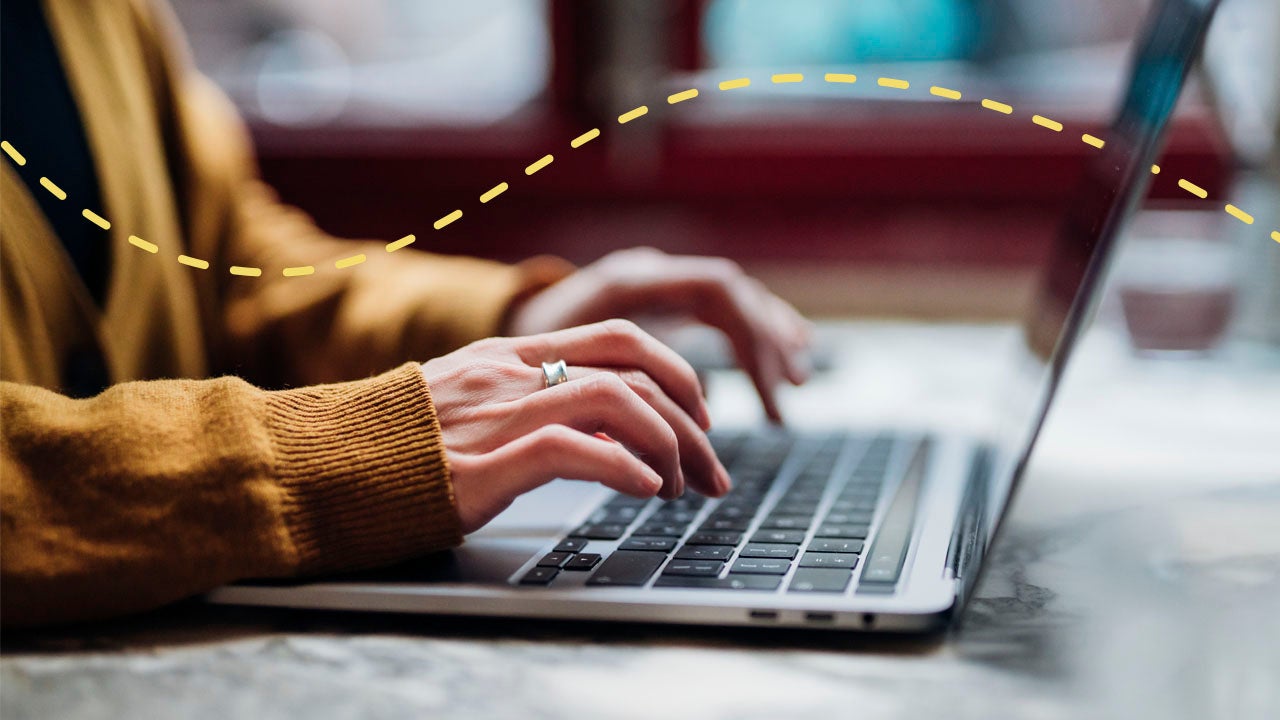How to get a debit card




Key Takeaways
- To use a debit card, you’ll need to open a checking account and may need to provide valid identification and a form of payment to do so.
- Debit cards are linked to checking accounts, so it’s important to keep track of your balance and avoid overspending.
- Credit cards can offer more fraud liability protection than debit cards, and cash can help you avoid overspending.
Once upon a time, cash was king. These days, however, many prefer the convenience of using a debit card to make purchases. Debit cards are relatively easy to obtain and are accepted nearly everywhere.
A debit card is commonly linked directly to your checking account and transactions can usually be performed in a minute or less, from making a purchase from your computer or cell phone to paying at a cash register or withdrawing money from an ATM.
Whether you’re looking to get a debit card through a bank’s website or app, or by visiting a branch in person, the process typically involves a few basic steps.
1. Open a checking account
Opening a checking account is a straightforward process:
- Choose a bank or credit union: Select a financial institution that meets your needs. Typically, banks allow you to open an account either online or in person.
- Provide required documents: Submit a government-issued ID, such as a driver’s license or passport, along with your Social Security number or equivalent. Some institutions may request additional documentation.
- Meet age requirements: If you’re under 18, a parent or guardian may need to co-sign the account. Requirements vary by bank, so check with your chosen institution.
- Make an initial deposit: Many banks require an initial deposit to open an account. Minimum balance requirements vary, but some banks allow you to start with as little as $1.
- Complete the application: Fill out an application with personal details, submit the necessary documents and provide an initial deposit if required.
- Activate your account: Once approved, set up online banking along with your PIN or any other details your bank or credit union requires to finalize your account.
2. Request your debit card
As part of the account-opening process, you’ll be able to request a debit card connected with the account. In some cases, you’ll have to wait about seven to 10 business days before your card arrives in the mail. Many banks, however, offer same-day access to a debit card that you can use immediately.
3. Activate your card — and start using it
Once you’ve got your debit card in hand, you’ll need to activate it. This is a quick and easy process that you can typically do by phone, online or using an ATM. If you choose to activate the card online, be sure to use a secure, password-protected internet connection to avoid would-be hackers.
Your debit card may come with a bank-generated PIN, or you can choose your own — you can often change it during the activation process. Your PIN shouldn’t be your Social Security number, birthday, phone number or any other number easily associated with your identity. Be sure to keep your PIN private.
What to watch out for when you have a debit card
While debit cards are a convenient and often safe form of payment, there are some things to keep in mind when it comes to using a debit card responsibly and avoiding fees.
Overspending
Because your debit card draws from funds in your checking account, it’s important that your spending doesn’t exceed your balance, or you could incur costly overdraft fees. You can avoid overspending by monitoring your account balance using your bank’s mobile app or by balancing your checkbook.
Fees
In addition to overdraft fees, various other fees may be associated with having a debit card or using it to access cash.
- ATM fees: Using your debit card to get cash at an ATM that’s not affiliated with your bank can result in fees from both your bank and the bank that owns the ATM. On average, these combined fees for using an out-of-network ATM total $4.77, according to Bankrate’s 2024 Checking Account and ATM Fee Study.
- Monthly maintenance fees: Debit cards are tied to checking accounts, and some banks charge service fees on a monthly basis. Often the fee may be waived if you maintain a set minimum balance in the account that can vary by bank.
- Foreign transaction fees: Using your debit card for purchases or ATM withdrawals outside of the U.S. can result in foreign transaction fees, which tend to be around 1 percent to 3 percent of the transaction amount.
- Debit card replacement: Some financial institutions levy a charge when you request a replacement for a lost, stolen or damaged debit card. Banks that don’t charge a fee for replacing the card may impose a charge for rushed delivery of the card, which might be necessary if you need your card to make essential payments. For example, Bank of America doesn’t charge a replacement fee, but it’s $15 for a rush replacement.
What to do if your debit card is lost or stolen
Contact your bank right away if your debit card becomes lost or stolen. The bank can deactivate the card and start the process of replacing it.
Some banks, such as Chase and Capital One, allow you to lock or unlock a debit card by logging on to your account on the bank’s mobile app or website. This can be convenient in situations where you’ve lost your debit card but are later able to find it.
Alternatives to a bank account debit card
Prepaid debit cards
A prepaid debit card is loaded with funds ahead of time, and it can be used to make purchases. Like a debit card that’s associated with a checking account, you can only spend the amount of money that’s attached to the card. Prepaid debit cards can be useful for anyone who does not have a checking account, as well as for parents in teaching their children about money management.
Credit cards
Since credit cards may come with enhanced fraud liability protections that debit cards do not offer, credit cards are often considered a safer alternative. If someone makes a fraudulent purchase using your credit card, you may have time to become aware of the charge and dispute it before being liable for it, whereas funds are removed from your checking account quickly after a corresponding debit card purchase is made. This can make it more time consuming to dispute unauthorized debit card charges and recover the funds.
Cash
While paying with cash might not be as convenient as using a debit or credit card, it can be a way to avoid overspending, such as by using the cash stuffing method. Using paper money for purchases can keep you from overdrawing your checking account or incurring interest charges on a credit card when you don’t pay the full balance on time.
What’s the difference between an ATM card and a debit card?
An ATM card and a debit card may look similar, but they serve different purposes. An ATM card is designed solely for accessing an ATM, so you can withdraw money, check your balance, or transfer funds between accounts. You’ll also need a PIN to access your account at an ATM. You can’t use ATM cards to make purchases online or in stores.
A debit card, on the other hand, does everything an ATM card can do, but with added convenience. In addition to withdrawing cash from an ATM, you can also use it to make purchases at retailers, pay bills online and even tap to pay. Debit cards are linked directly to your bank account and require a PIN for ATM transactions. Because of their versatility, most banks today issue debit cards instead of ATM cards.
Bottom line
A debit card can be a convenient way to make purchases as well as access cash at ATMs. Debit cards are relatively easy to obtain from banks that offer them with checking accounts. For the best debit card experience, it can pay to find a bank with a checking account that does not require a minimum balance or charge maintenance fees, as well as those that offer interest checking accounts or rewards checking accounts.




